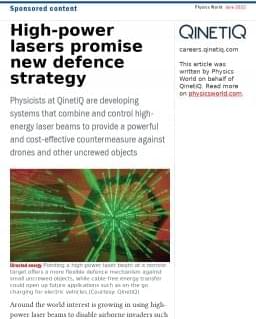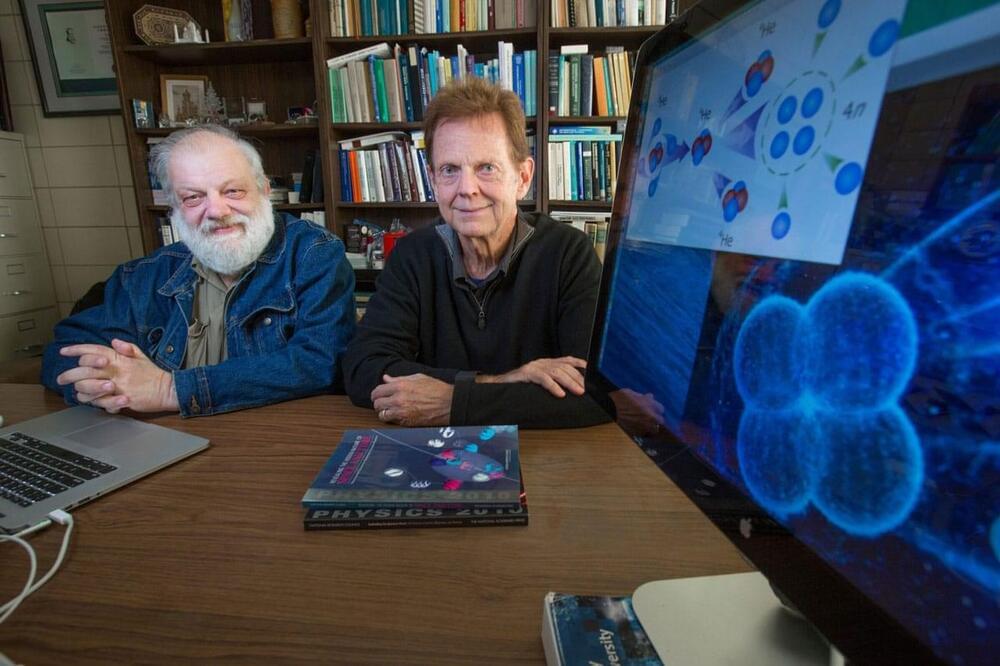TV robot fights are not just entertainment – they can also help turn students on to physics and engineering, as Robert P Crease finds out.
The two 110 kg combat robots squared off. One, known as Poison Arrow, was armed with a toothed spinning drum. Its adversary, Son of Wyachi (SOW), had whirling hammers. Poison Arrow smashed into SOW, sending it flying across the arena. SOW broke its radio receiver as it crash-landed, lying motionless as the referee declared a knockout.
The action took place in 2016 in BattleBots – a US “robot-combat” TV series aired by ABC in 2015–2016, and then by the Discovery Channel since 2018. BattleBots is inspired by the original Robot Wars events held in the US in the 1990s; these events also inspired the famed British TV series Robot Wars. Dubbed “the ultimate robot-fighting competition”, BattleBots features fights to the finish between remote-controlled “bots” that employ an array of destructive weapons.





